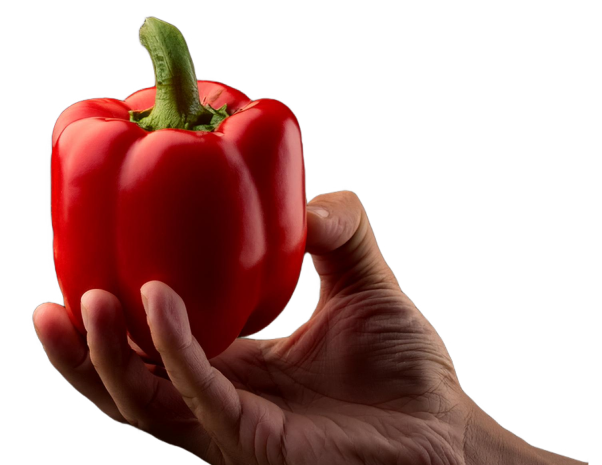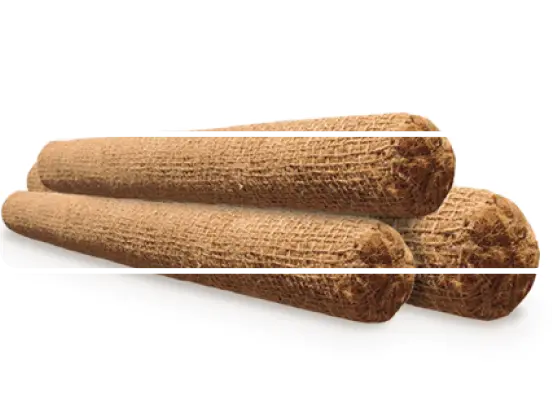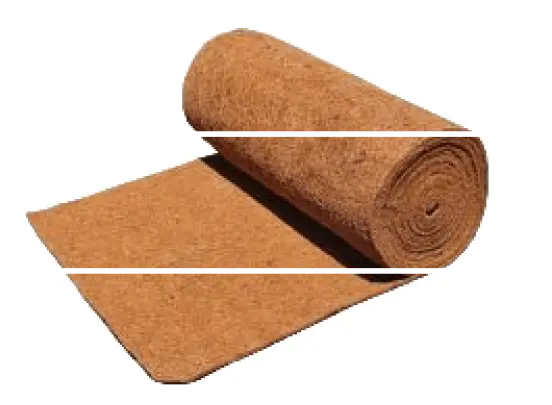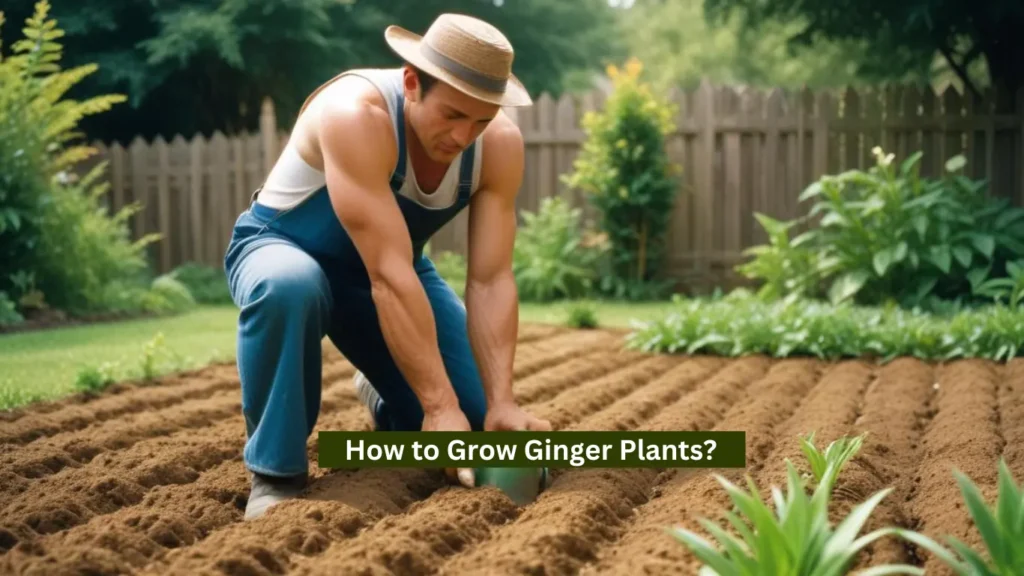
One of the oldest documented spices in the world, Ginger is a staple cooking commodity in asian households. A pungent and aromatic root, ginger not only makes the food more flavourful, but also help in the digestion process.
Ginger is one of the easiest plants to grow and with the right care and products, can give good yield to the farmer. Through this blog, let’s take a look at how to grow ginger plants and guide you from the first step to the last.
Before be go into the cultivation process, it’s essential to understand the nature of ginger. It is a tropical perennial plant that thrives in warm, humid climates. The part we commonly use as a spice is actually the underground stem, or rhizome.
Not all store-bought ginger is suitable for planting. Look for plump, firm ginger with healthy-looking shoots. Avoid pieces with signs of mold or damage.
Ginger prefers warm, humid conditions with consistent moisture. While it can tolerate some shade, it grows best in areas with partial sunlight. The ideal temperature range for ginger growth is between 75°F to 95°F (24°C to 35°C).
Here’s a step by step process on how to grow ginger plants. We can split this based on the methods of growing
For farmers, the best option is to grow their gingers on a farm. The advantage of outdoor farming is that you can grow your plants in the right conditions and get the best output. Here’s how to grow ginger plants in an open farm
Your ginger plants will be ready for harvest around 8-10 months after planting it. A common indicator that it’s harvest time is when you get to see the leaves yellowing and die back. Carefully dig up the plants and remove the ginger rhizomes. You can use the larger pieces for planting and the smaller ones for cooking purposes.
Ginger is a staple for the Asian and continental cuisine, so for both personal and commercial use, opting for a ginger farm is always a good option With the right conditions and care, you can successfully cultivate ginger in your garden or even indoors. Remember, patience is key as ginger takes time to mature.
By following the tips outlined, you’re well on your way to enjoying a bountiful harvest of homegrown ginger. Experiment with different varieties and cultivation methods to discover what works best for you.

Mathew is a product designer and engineer at Coirmedia, where he combines his passion for sustainability with his design and engineering expertise. He develops innovative coir products that are not only functional but also eco-friendly. Driven by a desire to share his knowledge, Neil is passionate about writing and teaching, aiming to educate others about his ideas, innovations, and the technology behind them.
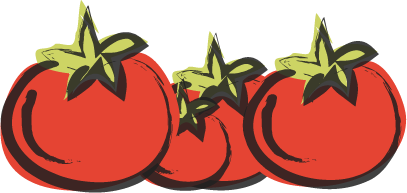
CoirMedia (UK) Pvt. Ltd
85 Great Portland Street, First
Floor,
London, United Kingdom

